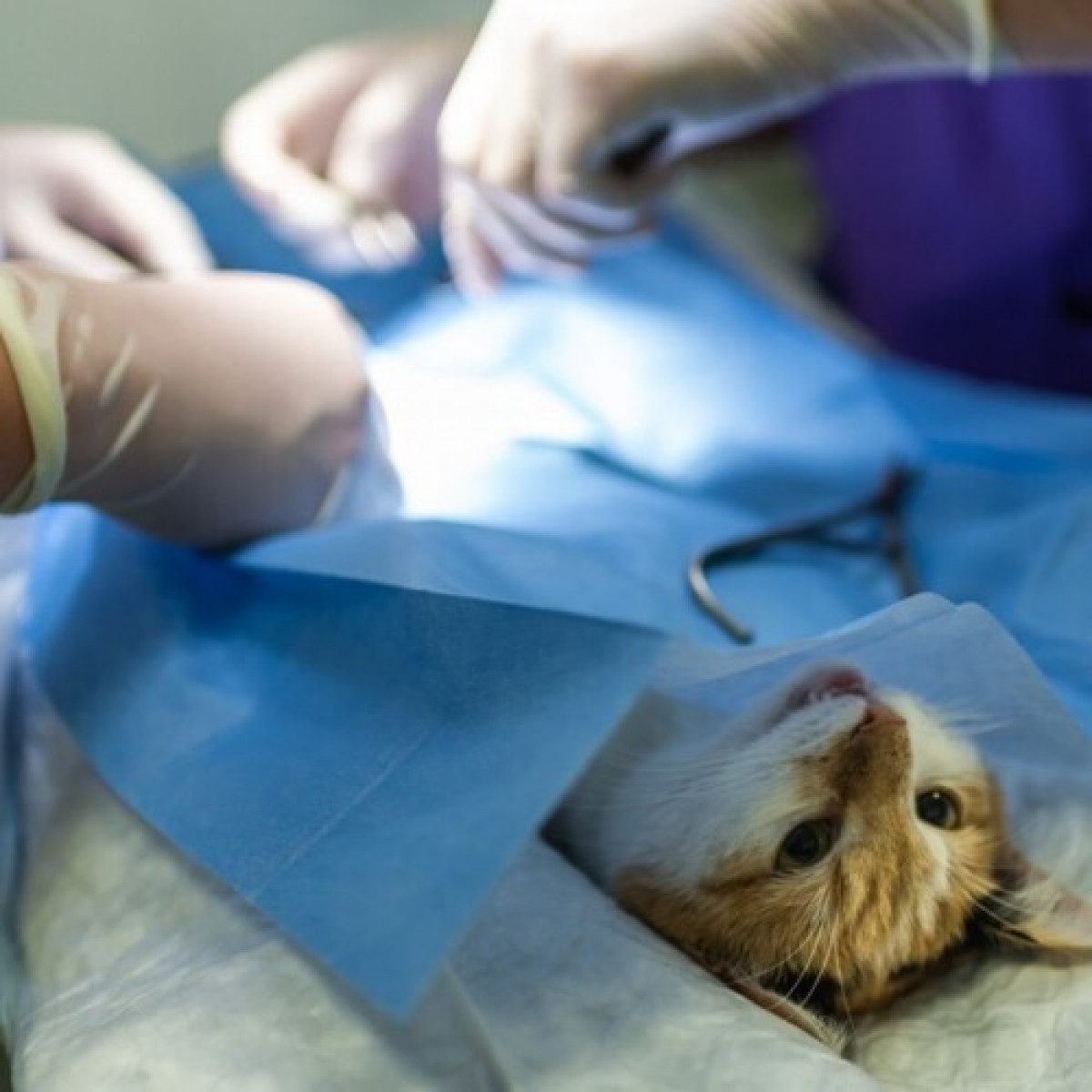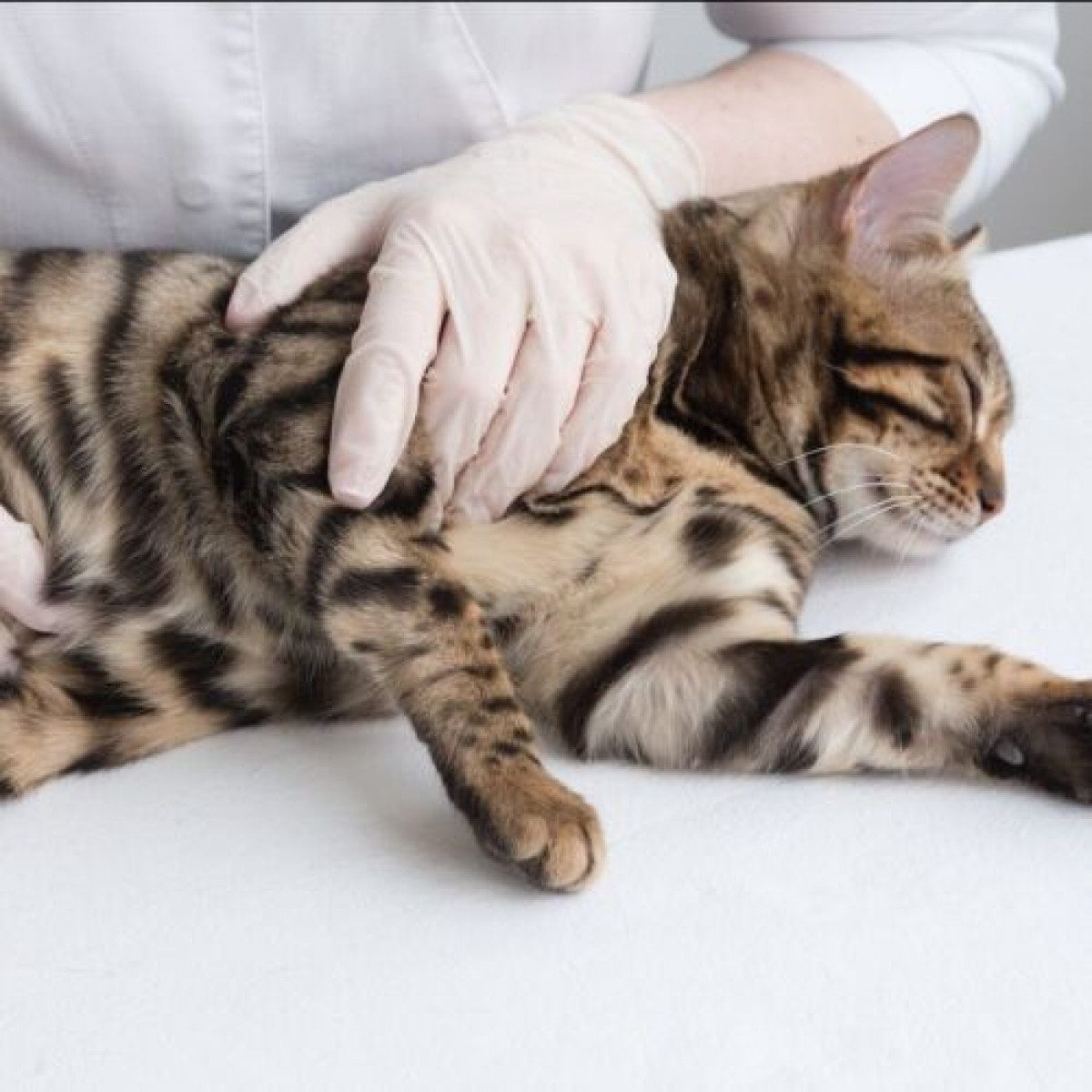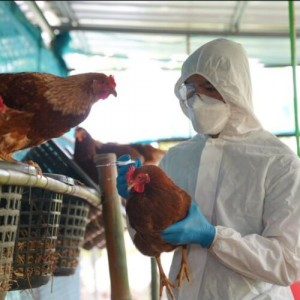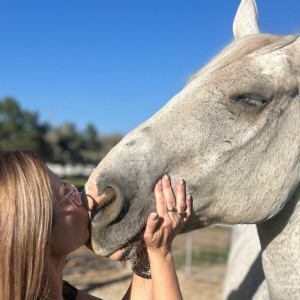Cetuximab displays potential anti-cancer activities in feline oral squamous cell carcinoma cell lines
Squamous cell carcinoma (SCC) is the most common oral cancer in cats. It is characterized by aggressive behavior, frequent local invasion and high metastatic potential. Current options of treatment such as surgery, radiation therapy (RT) and chemotherapy (CT) are mostly unsuccessful, so that the disease displays high degree of relapse and poor prognosis.
Feline oral squamous cell carcinoma (FOSCC) is a malignant tumor for which no fully effective therapies are available. Studies of comparative oncology suggest that epidermal growth factor receptor (EGFR) may be a therapeutic target in FOSCC, similarly to human head and neck SCC (HNSCC), where the use of anti-EGFR monoclonal antibody Cetuximab has entered the clinical practice.
The aim of this study was to assess the efficacy of Cetuximab in three validated preclinical models of FOSCC (SCCF1, SCCF2, SCCF3).
Sequencing of tyrosine kinase domain of EGFR in the cell lines revealed a wild-type genotype, excluding the presence of activating mutations. Western blotting experiments demonstrated that Cetuximab inhibited activation of EGFR and its downstream kinase Akt in SCCF1, SCCF2 and SCCF3 along with HNSCC cell line CAL 27 included as control. Importantly, CCK-8 and trypan blue exclusion assays revealed that treatment with Cetuximab caused a decrease in cell proliferation and cell viability in all cell lines, with a general dose- and time-dependent trend. Cell death induced by Cetuximab was associated with cleavage of PARP, indicating occurrence of apoptosis.
In conclusion, data of this study suggest that Cetuximab exerts potential anti-cancer activities in FOSCC, paving the way for future translational studies aimed at aimed at bridging the gap between bench side and bedside, in order to develop new therapies for this lethal cancer of cats.
Gennaro Altamura, et al. “Anti-EGFR monoclonal antibody Cetuximab displays potential anti-cancer activities in feline oral squamous cell carcinoma cell lines.” Front Vet Sci. 2022 Nov 17; 9:1040552. doi: 10.3389/fvets.2022.1040552.













List
Add
Please enter a comment